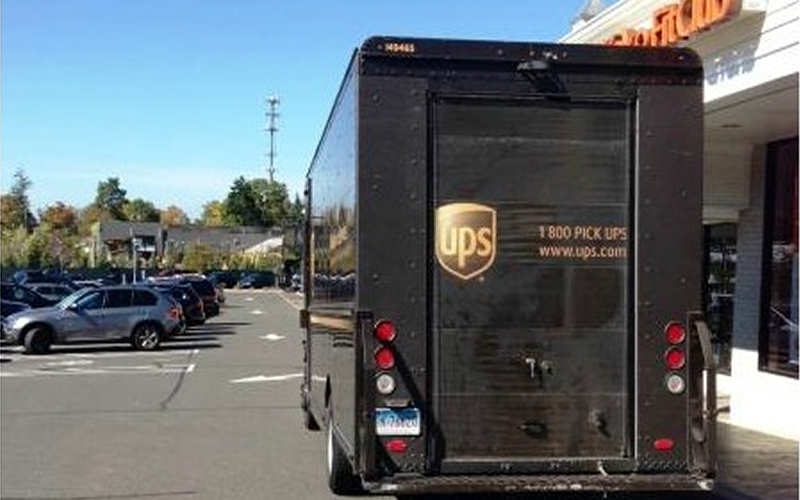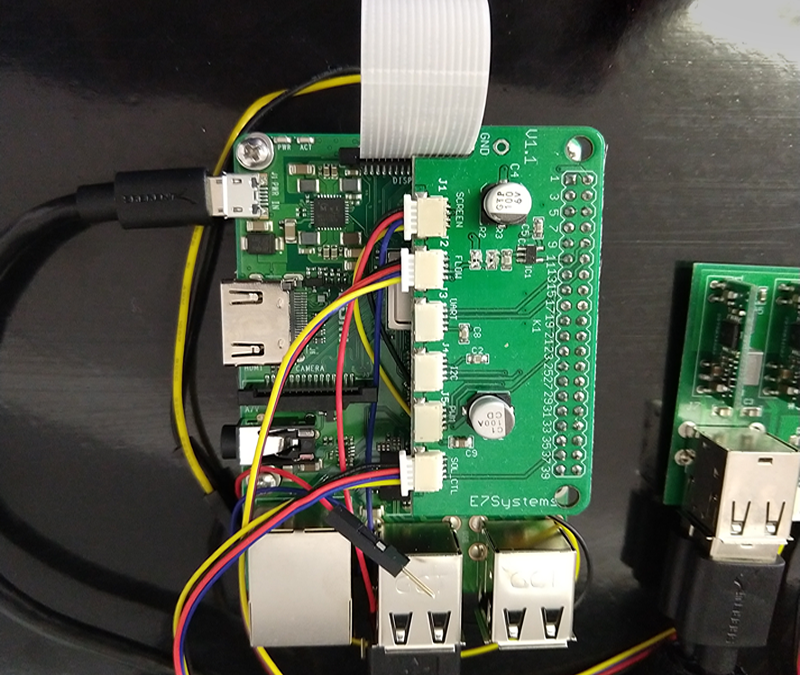You have got a vision for an IoT Device that counts, measures or controls a wide network of people and things. Maybe you even have a working prototype, but what’s next? How do you get to market and what preparation do you need to make before putting your device out in the wild?
Launching an Internet of Things (IoT) or any hardware product requires careful planning beyond creation of the MVP. In the excitement of creating a brand new product entrepreneurs frequently overlook much of the work needed to put a reliable, supportable product in the marketplace.
To help you plan and schedule a successful launch of your product we have collected 10 key learnings from our software & hardware product releases. I’ll start with a few issues that most directly affect product development teams. Then I’ll mention where product development team frequently contribute to help launch business functions, such as marketing and customer support.
IOT
REGULATIONS AND STANDARDS
Be sure to research the government & industry regulations or standards will your device will need to comply with. If your product dispenses anything, you will need to plan on Weights and Measures compliance. Does your device take credit cards? Be ready for PCI security? Healthcare & biotech, be ready for HIPAA and ISO, COBIT, HITRUST, NIST, and CIS. Make sure you do your regulations and standards research as early as possible to minimize waste. At the very least, envision your path to compliance before designing your minimum viable product.
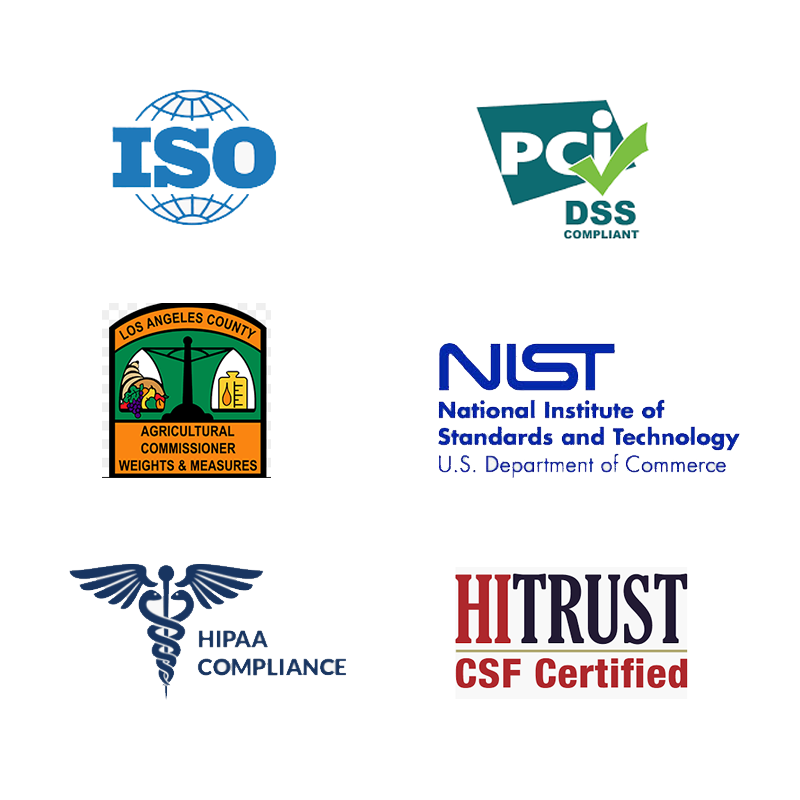
IOT
TEST IN THE WILD – EARLY
Make sure to test your product “in the wild” as soon as possible. Often, products that work great in the lab die in the field because of a noisy Wi-Fi environment. In many R&D labs there’s just one or two wireless routers competing for air time. When you deploy your system, in a bar, or worse yet at a trade show, you could be competing with 30 to 60 or more wireless routers and hundreds of wifi clients. Test your earliest prototypes in the worst possible environments. In most cases we deploy a dedicated WiFi network to support our systems (rather than sharing the public WiFi). The benefits of investing in a dedicated WiFi include security and manageability,
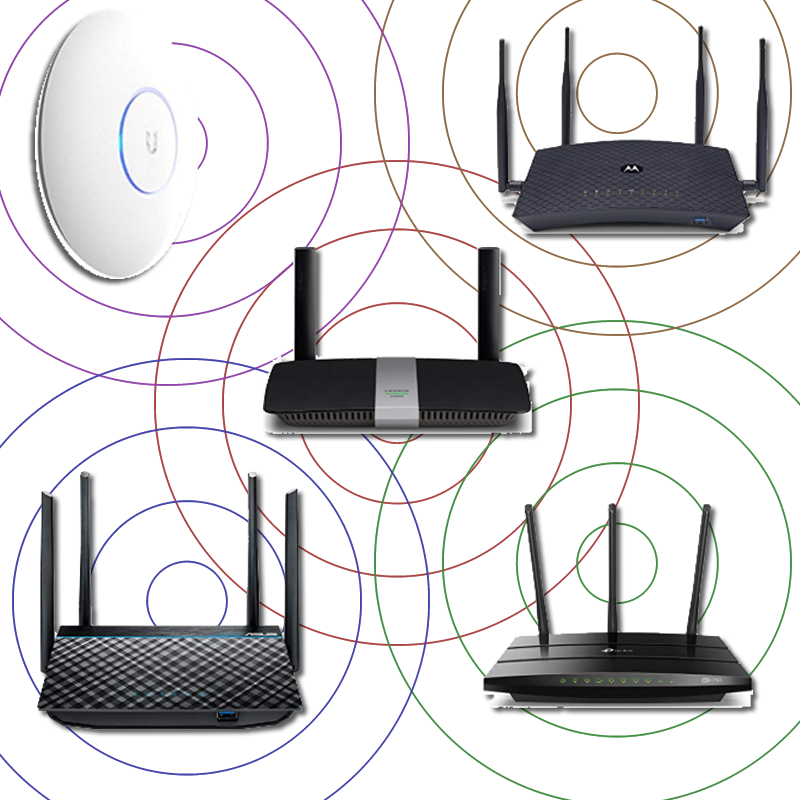
IOT
TEST IN THE WILD – EARLY
Who would think a beer cooler or a green house or a living room would be a rough environment? You’d be surprised. Cords get pulled. Equipment gets smashed. And what about rust and corrosion. Do you your connections need to be waterproof. What plans do you have for wire management? If you don’t have a product designer that specializes in your product environment, go there. Watch what happens. Observe other products already in the space, what hazards have they designed for.
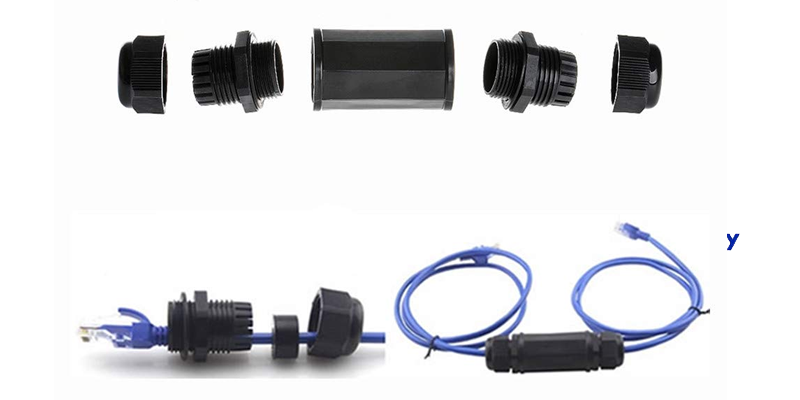
IOT
LOGS, AUDITS & REMOTE CONTROL
With a new product there are always discoveries to be made when it first goes to the field. You want to be able to diagnose and repair issues as quickly as possible from the comfort of your own office. The costs of problems in the field are not only time and money but customer confidence. You need to be ready to resolve issues quickly and completely. The investments you make in capturing detailed information on system events will save you hours and hours of embarrassing and inefficient problem solving. Data captured should be automatically sent back to your cloud-based system dashboard.
Likewise, you will want to have as much control of the individual IoT devices as possible. At a minimum you should be able to restart, configure and update software on all your devices from your web-based dashboard.
Some applications and security standards will have strict audit requirements. Audit logs are a great asset when diagnosing issues. Many a dev team to spend sleepless nights searching for defects when the actual cause was user activity. Audit logs also provide great data for user experience (UX) analytics
IOT
MONITORING & ALARMS
Proactive, automated system monitoring helps us discover issues before our customer even notices. Make sure that you have both system-level monitoring and application monitoring at each device and the cloud servers. System-level monitoring looks for overloaded server CPU, long database cues, and even high temperatures within your devices.
Application level monitoring should notify you when unexpected values come from the environment or gateway systems. Amazon Web Services’ Cloud Watch provides powerful tools for configuring alarms. System alarms can be easily texted to a response team. We recommend going beyond what Cloudwatch can see. Our application watchdog alarms notify our teams of issues which are only visible within the application: recurring timeouts, unexpected responses from system interfaces and other critical errors.

IOT
DISCOVERY & CONFIGURATION
When your product is first unboxed and plugged in it get’s one chance at making a first impression. Can your product discover its environment and configure without an employee on-site or on the phone? If you plan to eventually shrink wrap and ship your product to the masses, you must invest in environmental discovery and self configuration. Think how easy it was to set up your last smart TV. My Amazon TV setup was delightful experience. I configured it from my phone in 3 minutes. That experience was the result of careful planning and overcoming significant technical hurdles. Even if you don’t intend to have your product installed by field engineers, a simple discovery and configuration allows the field engineer to focus his/her attention on site-specific issues, ready to handle the unexpected.
IOT
SPARES & CONSUMABLES
You may not be thinking about it right now, but your hardware will not last forever. Consider including a package of spare parts, particularly to a location that has 50 or more of your devices. What items do you know will wear out? Consider these as you design your service contract package.
While you are at it, now would be a great time to design your service tech’s tool kit. Carefully plan the tools, the spare parts, connectors, cable management, spare Pis and flash memory and even software they will need in the field. Being prepared will save costly trips back to the customer’s venue.
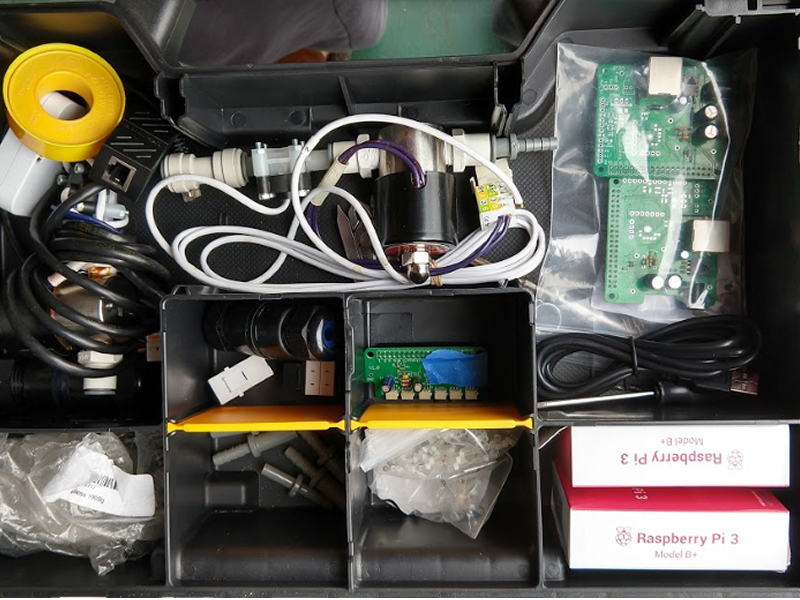
IOT
SERVICE CONTRACTS
Service contracts are the bread-and-butter of many of the companies I have worked with. Sometimes, service income is greater than new sales. Pricing service can be a scary proposition on a revolutionary new product. You simply don’t know how much time it will take to keep a customer happy. Start with a forecast that assumes two support calls per month. Be careful not to confuse installation support or beta support with ongoing support. Installation and beta support are much higher.
If you anticipate a heavy support burden, you will need to be strategic communicating the value of support. Consider the revenue your device will generate for the customer. If you have a highly transactional device, like self pouring beer systems, consider pricing support into the transaction stream. Charging a few pennies per ounce (or any unit of service) will directly tie the value of the support contract to the revenue generated by your device.
Don’t obsess about covering every penny of service costs at first. You will still be learning and dialing in procedure. Covering all costs before you have made efficiency gains can price your service too high.
IOT
CUSTOMER SUPPORT
Automate customer support for efficiency and for learning. Direct emails phone calls to developers unnecessarily limit the growth of your product. Employ a support ticket system, and funnel all issues there. We feel that automating customer support is so important that we created our own ticket system. Then we added a native mobile app for submitting support requests. The app makes it easy for our customers to submit location information, voice, video and images with their support requests. The any staff member can handle a fresh support request.

IOT
SALES & MARKETING
Technologists don’t always make great salespeople, but we can help by automating the sales funnel and/or onboarding process. We frequently create systems that track and guide new customers through site survey, assembly, installation & configuration. keeping this data within the greater system dashboard helps to manage and maintain the network. When necessary we can interface with the client’s customer relationship management system (CRMS) ensuring a smooth journey from prospect to customer.
IOT
VISIBILITY & VIRAL STRATEGY
Product development teams must help sales and marketing by creating remarkable systems. Our systems should help to sell themselves. Does your product get noticed? Does it follow up with satisfied customers? Is there a viral component that urges or rewards sharing with friends?
Our first hardware project (Audioair 2011) was a listening app for bars. The challenge of this product was that it was invisible to new patrons. To make the product more visible, we proposed and created a digital signage system. The signs had interactive features that complemented the app and ensured every patron was familiar with the product. As a bonus, the signage system created more valuable ad space than the app and even won a patent.
Once you have your product design in hand, review the experience of every customer/stakeholder. Ensure that web, mobile, text, signage and social channels all complement one another. This way you provide the maximum benefits while grabbing appropriate exposure for your product.
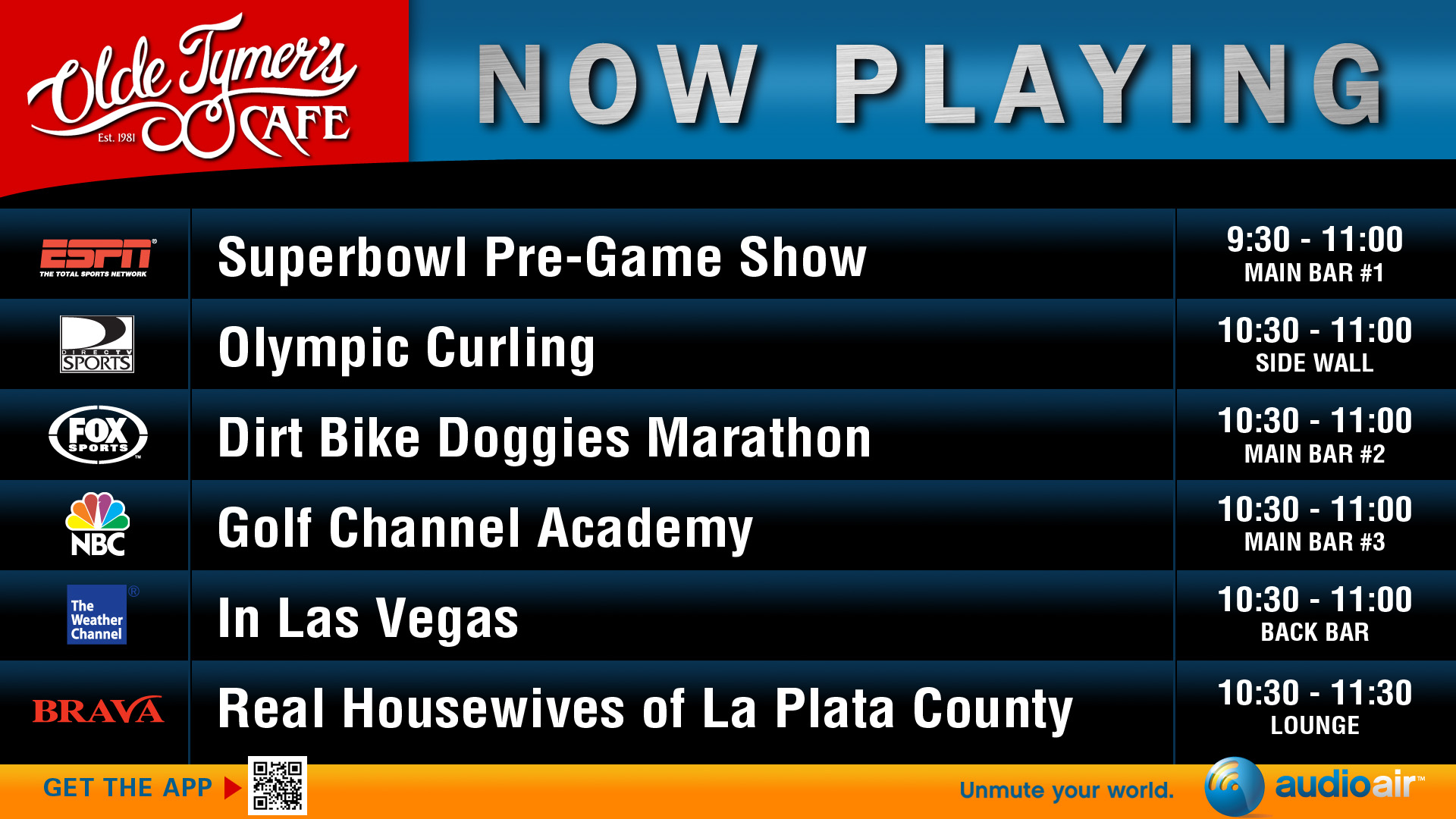
IOT
SHIP IT
Some of this advice may seem like a distraction to the urgent need of getting a product in the field, but consider your other investments in building the business. In our experience, product development and IT services account for about 20% of a startup’s budget. So be wise and be prepared.
Yes, rush your minimum viable product MVP into customers’ hands so you get critical real world feedback, but devote a realistic budget to making your technology robust, flexible and easy to manage.
